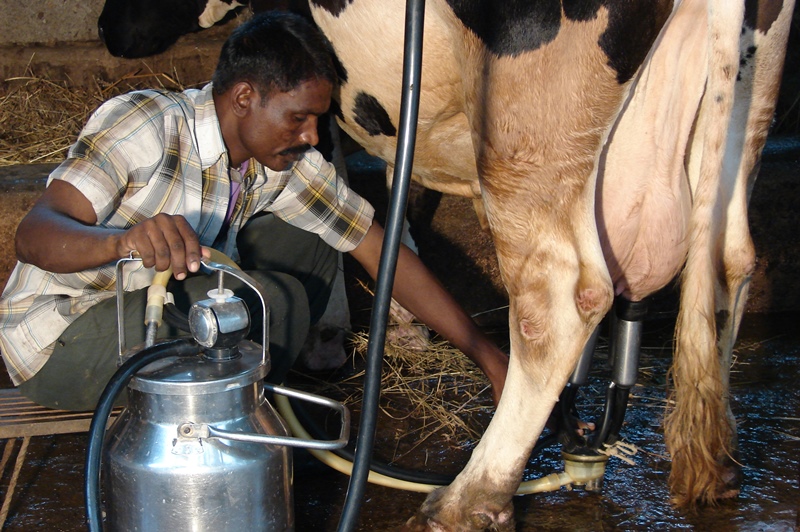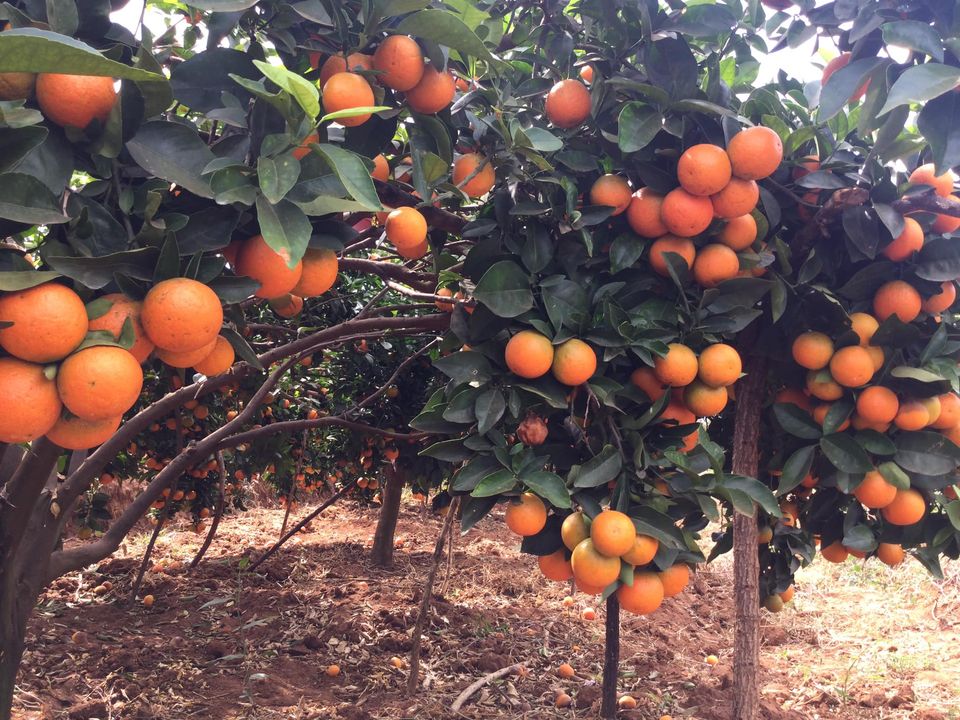Dragon fruit farming in Kenya is a new but highly profitable venture that only a few farmers have embraced. Also called Pitaya or the Strawberry Pear, dragon fruit is among the highest-priced fruits in the country.
In local markets, it can retail at about 900 Kshs per kilogram. With its exotic look, sweet taste and wide health benefits, the fruit is gaining popularity quickly.
Farmers in regions such as Meru, Machakos, Laikipia, Naivasha and Makueni are already reaping good returns.

Dragon Fruit Farming In Kenya
Dragon fruit farming in Kenya is well suited to semi-arid areas. The plant is hardy, requires minimal water and grows well in different soils, provided they are well drained. With the right ecological conditions and care, dragon fruit farming can provide farmers with steady income from both local and international markets.
Ecological Conditions for Growing Dragon Fruit
Dragon fruit thrives in areas with temperatures between 20°C and 30°C. It can withstand dry conditions, needing annual rainfall of about 40–60 mm. The plant requires very little water, making it perfect for arid and semi-arid regions.
Farmers must provide support structures since dragon fruit is a climbing vine and cannot grow upright on its own. The crop does well in a variety of soils, but drainage is key to preventing root rot.
Nutritional Benefits of Dragon Fruit
Dragon fruit is not only profitable but also highly nutritious. It is a rich source of dietary fiber, which supports healthy digestion. The fruit helps in lowering cholesterol levels and maintaining good heart health.
It contains Vitamin B3, which enhances skin appearance and smoothness. Other key nutrients include Vitamin C for immunity and calcium for strong bones and teeth. These benefits make the fruit attractive to health-conscious consumers.
Harvesting Dragon Fruit
The maturity period of dragon fruit depends on the method of planting. If grown from seed, it takes longer, but cuttings from mature vines reduce the waiting time.
The fruits are green during growth and change to red when mature. Unlike many fruits, dragon fruits are less perishable. They stop ripening once harvested and can last for a long period, which makes them easier to transport and store.
Dragon Fruit Market in Kenya
The demand for dragon fruit in Kenya is high, but the supply is still low. This presents an opportunity for more farmers to venture into production.
In Nairobi, dragon fruit is popular in upmarket areas such as Westlands, Muthaiga, Karen and Parklands, where there is a high population of Asians who consume it regularly. Local supermarkets, fruit vendors and juice companies are also potential buyers.
Final Word
Dragon fruit farming in Kenya is a profitable agribusiness with high market demand and low supply. With proper management and market linkages, farmers can earn good profits while meeting the growing appetite for this exotic fruit.






































